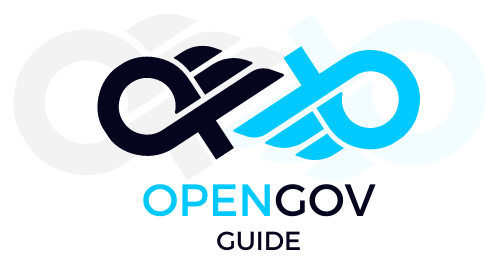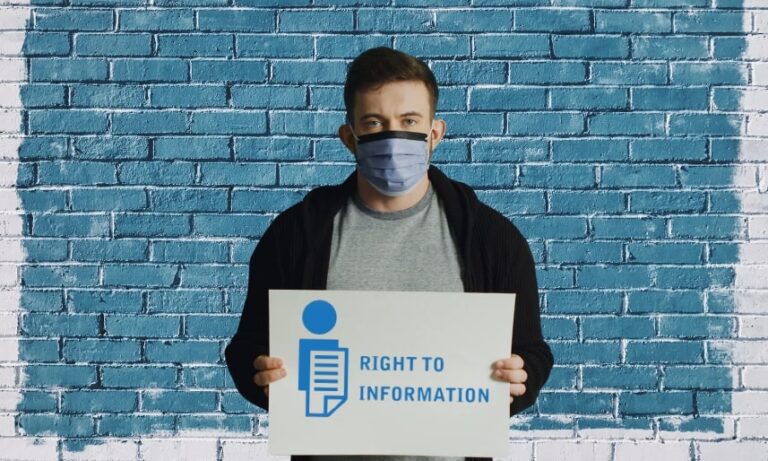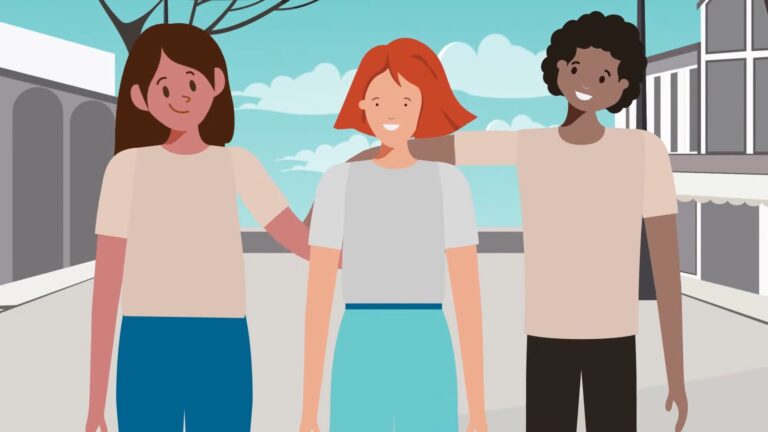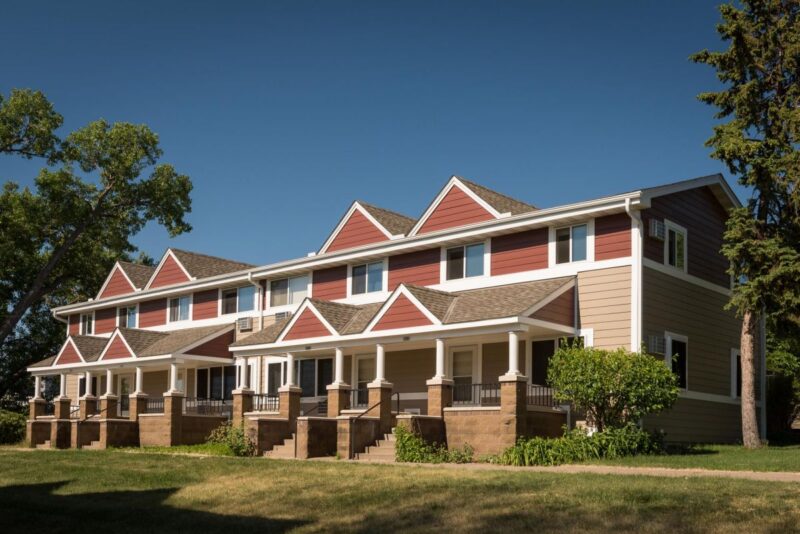Access to an affordable roof remains a pressing concern as the divide grows between living expenses and typical wages. Here in the United States, two chief initiatives endeavor to remedy this – Section 8 otherwise termed the Housing Choice Voucher Program, and Public Housing.
Overseen by the Department of Housing and Urban Development, both schemes offer fundamental aid to low-income households, seniors, and disabled persons. Many good souls yearn for simple shelter yet lack adequate funds to procure it independently. Through such nationwide coordinated support, community spirit shines in assisting the most vulnerable.
While challenges surely remain ahead in serving an ever greater number wishing merely to call somewhere ‘home,’ commitment from all walks energizes progress step by step.
Section 8: The Voucher Program
The Section 8 initiative, or Housing Choice Voucher Program as its formal name bears, stands as a federally-driven beacon of hope. Designed to ease financial strain for households on lesser income, it aims to deliver all persons to the shores of safe, dignified shelter.
Distinct from Public Housing opening doors to state-held units, Section 8 distributes vouchers families may use to navigate open rental markets. Here approximately three-quarters of sailing costs find coverage, granting significant respite. One may explore accommodations meeting needs, whether bustling city flat or quiet outskirts home, selector of setting and standard.
| Type of Housing | Private market rentals |
| Choice of Location | Flexible, anywhere vouchers are accepted |
| Rent Determination | Based on family income, covers about 70% of housing cost |
| Eligibility | Based on income, family size, and citizenship status |
Eligibility and Application Process
Accessing this program of support relies upon several criteria. Financial means figured against family size and residence status stand paramount. It principally aims to ease burden for households whose wage falls beneath half the norm for their region.
Additionally, the Department of Housing and Urban Development specifies three-quarters of new admissions be allocated to applicants with incomes under 30% of the typical sum. Through such guidelines, compassion is shown to those struggling most to find roofs and four walls calling their own through no fault but fortunes dealt by chance.
How to Apply?
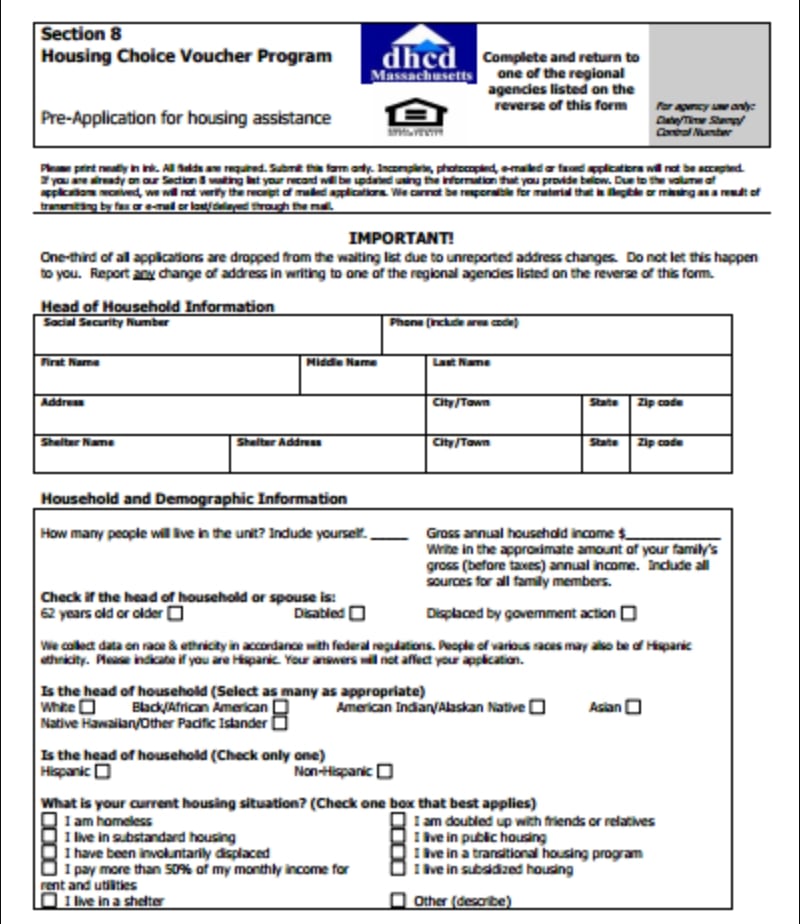
Securing this stabilizing support begins with contact at local Public Housing Agencies. Willing souls submit an application outlining personal particulars and financial contours of circumstance. It proves a necessary step toward finding safe passage across waters.
If approved, residences collect vouchers permitting quest for accommodations meeting standards set by HUD, where the landlord also welcomes such means of reimbursement. With this in hand, the real exploration starts – networking and discovery to locate compatible vessels providing refuge until shore is reached, and stability found.
How does it work?
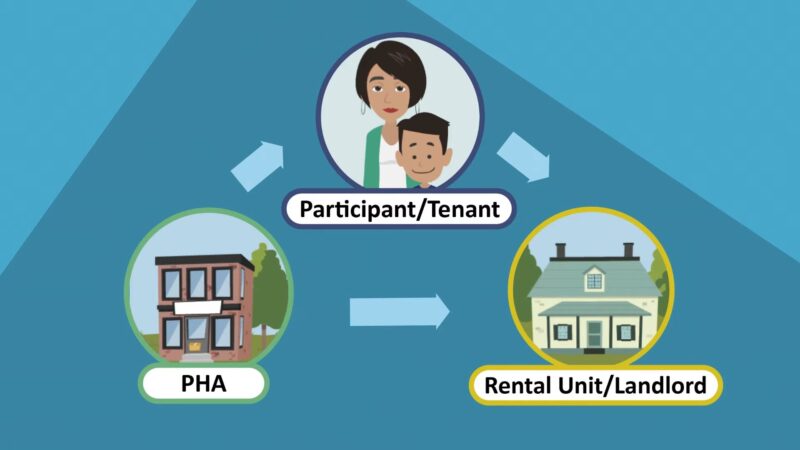
Once securing the voucher, beneficiaries allocate a portion of earnings, typically 30%, toward housing costs. PHA covers the remaining sum by routing the subsidy directly to the landlord quarterly. Amount varies considering household size, wages, and regional market, safely anchoring the ship.
Advantages afforded – the choice to set sail throughout communities; diversity blossoms as neighbors include citizens across backgrounds. Plus, homeownership someday through select programs’ guidance.
But there are downsides – For tenants, one of the biggest hurdles can be locating landlords willing to participate in the program and accept their vouchers. Not all property owners are aware they can work with HUD in this way or may be hesitant to take part for their reasons. This lack of options in the private market makes the housing search extra difficult.
Public Housing

Public Housing offers a direct hand up, with the government opening its doors to those in need of a place to rest their heads. Through local Housing Agencies across the country, affordable units are made available so low-income folks, elders, and folks facing hardships can find stability and comfort.
The goal is to provide safe, decent homes in communities where rent won’t drain pocketbooks dry.
| Type of Housing | Government-owned units |
| Choice of Location | Fixed, specific locations |
| Rent Determination | Based on adjusted gross income, typically 30% of income |
| Eligibility | Low-income families, the elderly, and people with disabilities |
Who Qualifies for Public Housing?
Just like with Section 8, getting approved comes down to everyday stuff outside anyone’s control – like family size, what’s brought home each paycheck, and if you’re new to the country trying to start over. If over a third of the income’s already going to rent, they’ll work with you.
The Application Process
Applying for Public Housing is initiated by contacting one’s local Public Housing Agency office. At this stage, applicants are required to provide comprehensive documentation about both personal and financial details. This allows the PHA to fully assess one’s eligibility according to the program’s guidelines.
Once an application is submitted and processed, the individual or family is placed on the PHA’s waiting list.
How does it work?
Once approved for housing assistance, tenants pay rent proportionate to their means rather than market rates. Rent is generally capped at 30% of adjusted income and includes fundamentals like water, power and upkeep so households aren’t burdened by unexpected costs. Taxpayer dollars fill the gap between what residents provide and true prices.
Management and property maintenance falls to local housing organizations. While centralized oversight can help guarantee common livability standards, budget shortfalls at times risk deferred repairs impacting quality of life.
Differences Between Section 8 and Public Housing
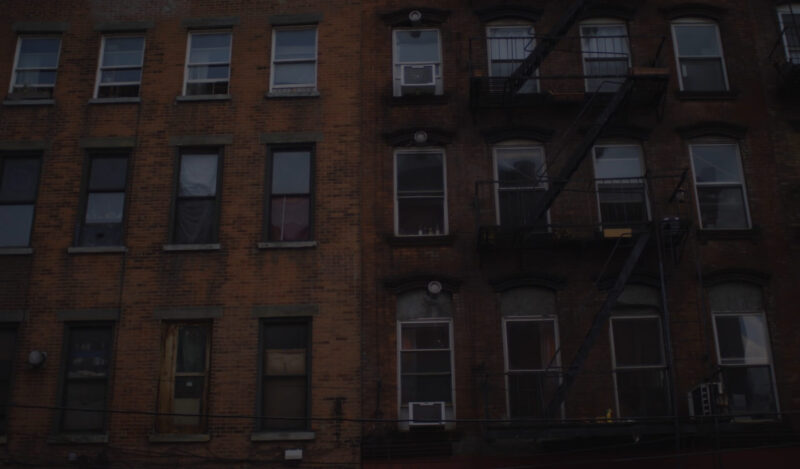
The primary divergence lies in how each initiative facilitates access to affordable housing units. Section 8 utilizes portable rental assistance vouchers, affording participants flexibility to privately contract dwellings that meet program standards.
Alternatively, Public Housing involves property stock directly owned and managed by local authorities at set community locations.
As a result, Section 8 allows for a more individualized search process guided by program subsidy caps. Meanwhile, Public Housing residents have housing placement dependent on available unit turnover within the established portfolio.
| Feature | Section 8 | Public Housing |
|---|---|---|
| Type of Housing | Private market rentals | Government-owned units |
| Choice of Location | Flexible, anywhere vouchers are accepted | Fixed, specific locations |
| Rent Calculation | Based on family income, covers part of the rent | Based on adjusted gross income, often 30% of income |
| Eligibility | Based on total annual gross income, family size, citizenship | Similar to Section 8, but also prioritizes the elderly and disabled |
| Application Process | Apply through local PHA, then find a qualifying rental | Apply and get placed in available units through local PHA |
| Landlord Involvement | Must agree to accept vouchers, comply with program regulations | Managed by PHA, no individual landlord involvement |
| Mobility of Tenants | Can move and retain voucher benefits | Limited to specific housing units |
Impact of Affordable Housing
Socially integrated communities have well-documented benefits as well. These programs can work to promote more inclusive neighborhoods and give low-income residents access to better opportunities. However, achieving this balance of interests also presents ongoing challenges for policymakers and stakeholders.
Budget constraints on state and federal levels limit program capacity compared to demonstrated need. Meanwhile, negative public perceptions of affordable housing initiatives remain an area requiring ongoing education and community engagement.
Additionally,crafting solutions that serve both individual participant needs and neighborhood concerns is a complex undertaking with reasonable debates around approaches.
Legal Rights and Responsibilities
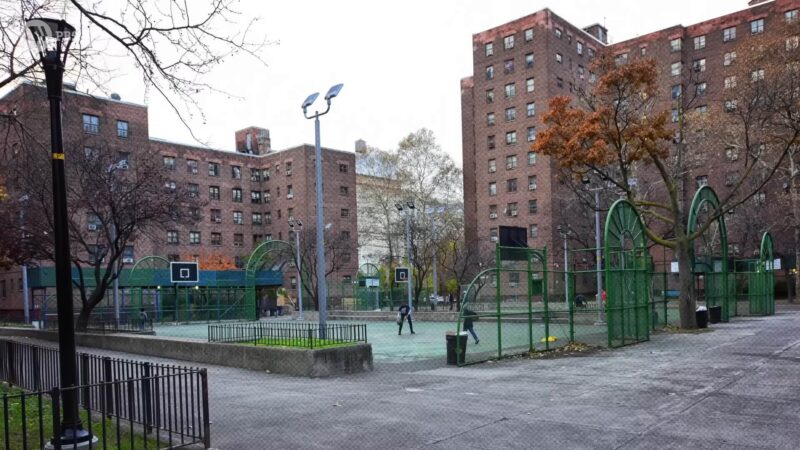
All renters under housing programs hold certain legal protections to safeguard basic dignity. This includes assurance of safe shelter kept in proper shape, equal treatment of each person’s humanity, and fair process should other issues arise risking one’s home. Privacy and respect, too, are fundamental asks any resident has the right to expect of those the system sets to oversee housing.
Knowing the specific rights spelling these out empowers residents in navigating complex life with confidence their well-being comes first. Learning what may disqualify aid, so as to avoid factors beyond control, aims to remove worries distracting from life’s true purpose.
For property owners under Section 8, obligations outlined by HUD like inspections and fair, non-bigoted management seek homes meeting standards while preserving owners’ livelihoods. Understanding responsibilities creates stable ground supporting mutually-respecting ties between landlords and tenants alike. Compliance maintains the program’s pact to shelter all, keeping landlords’ role within a system aimed at each person’s growth and dignity.
Last Words
At their core, both programs emerge from a place of shared purpose – that all may rest secure, with shelter sound and rates fair amid life’s uncertainties.
For residents, factors like where suits best given present circumstances, longing for familiarity or open paths, available aid’s bounds, and how resources align with need weigh moment by moment. Balance here lies not in any single solution, but open acknowledgement of each person’s truth — and care that the system bends where it must, not breaks, to honor that.
No structure perfectly fits all; lives are richly varied as communities themselves. Still, by facing shortfalls with eyes toward strengthening bonds ‘tween neighbors, we move closer to the day each child knows refuge, whatever streets they call home.
